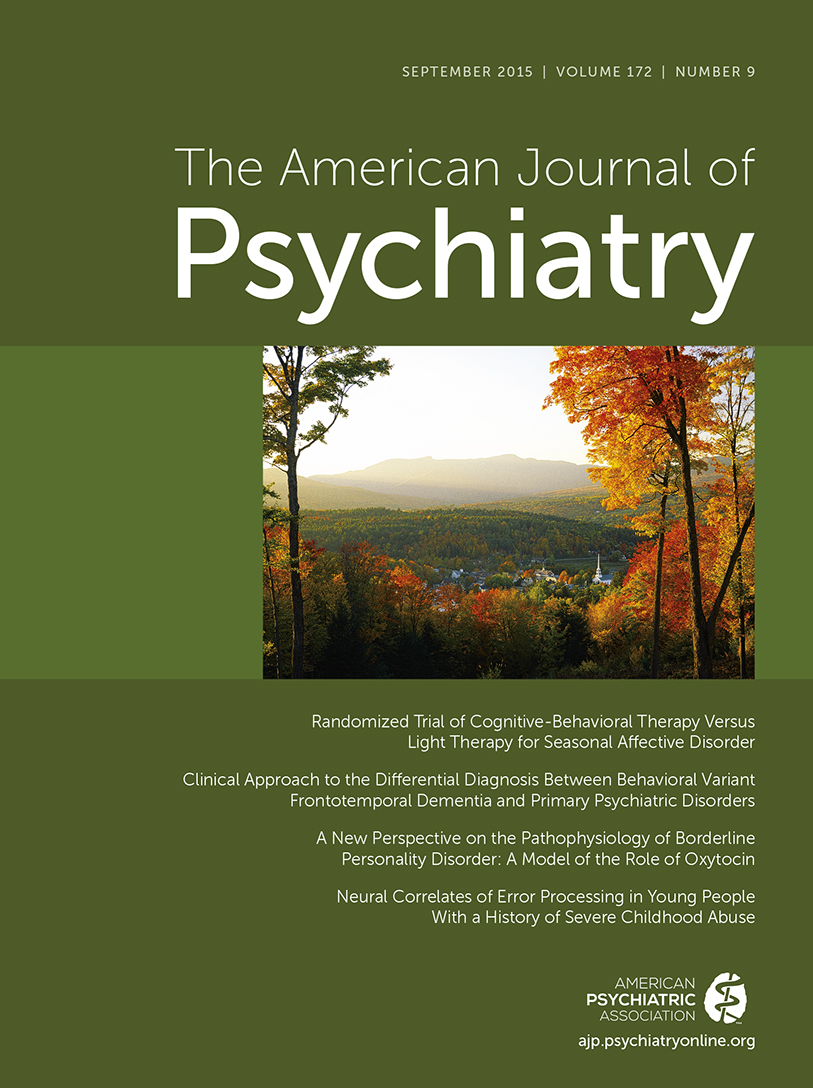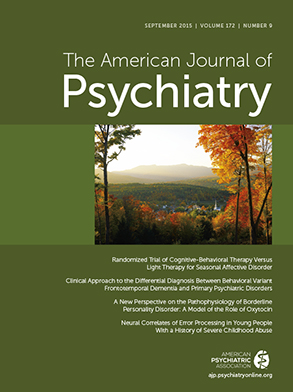Shifting the concept of mental illness from an individual patient approach to a public health, population-based approach is central to improving mental health outcomes. The core social determinants of mental health, or the “causes of the causes” of mental illness, are as follows: discrimination, adverse early life experiences, poor education, unemployment, poverty, food insecurity, housing instability, adverse features of the built environment, and poor access to health care. The book comes from members of the Group for the Advancement of Psychiatry’s Preventive Committee. The authors’ stated purpose of this book is “to increase knowledge about the potential for policy change and the shifting of social norms to address poor mental health and mental illness in the United States” (p. xxi). Its comprehensive approach devotes chapters to discrimination, adverse early life experience, education, unemployment, income disparity, hunger, homelessness, urban environment, and barriers to mental health care.
Discrimination is presented as an important social determinant of mental health. Among African Americans racial discrimination is associated with a greater likelihood of lifetime depression and generalized anxiety disorder. Communities have to assume greater responsibility in education and in developing effective antiracism movements through collaborations with private and government agencies.
Adverse early life experiences are stressful, traumatic, or neglectful social interchanges experienced any time in utero through age 18. They cause toxic stress (which can alter gene expression and brain development) and are risk factors for negative mental health outcomes. In addition, maternal stress during pregnancy has been linked to preterm birth, negative cognitive outcomes, lower IQ, and behavioral problems. The chapter advocates a prevention-minded clinical approach, so that appropriate individual, family, and community interventions can be implemented.
The chapter on education treats school as an environment in which children learn social skills, values, hard work, self-regulation, frustration tolerance, and many other psychological and social skills, all of which support mental health. Lack of these skills may cause depression, anxiety, hostility, and feelings of hopelessness. Parents must become more proactive members of their school boards and communities, and the promotion of consistent and effective communication between students, teachers, school administrators, and parents is crucial.
Unemployment has been linked to psychological distress, depression, anxiety, psychosomatic symptoms, poor self-esteem, and self-reported poor mental health. Additionally, it disproportionately affects blacks and Hispanics. The authors guide clinicians to discuss with their patients unemployment and related distress, motivation to work, and job insecurity. Clinicians can also advocate for public policies and programs that support employment opportunities and employment insurance benefits.
The chapter on income disparity reviews evidence that income inequality is linked to adult depression, suicide attempts, and higher rates of psychiatric disorders in adulthood. Evidence also indicates that poverty leads to mental health problems that in turn promote further poverty, thus creating a vicious intergenerational cycle. Advocating for social and policy change at the community and societal levels represents the most potent way to improve the public’s physical and mental health.
Food insecurity is defined in the chapter on hunger as a condition in which the availability of nutritionally adequate and safe food is limited because of constrained financial resources. Food insecurity rates are substantially higher in African American and Hispanic families, increasing risk for depression, anxiety, hyperactivity and inattention, and a multitude of behavioral problems. Clinicians can make appropriate referrals to local food banks and federal nutrition support programs and should advocate for policy approaches that have a powerful effect on reducing food insecurity at the community and population levels.
The authors describe how homelessness and housing instability result in psychological distress and subsequent mental disorders, and how having a mental illness is a major risk factor for homelessness. Further, improvements in housing conditions improve mental health outcomes. Housing policies that increase access to healthful resources can be coupled with targeted individual-level efforts to increase mental well-being among residents.
The urban or built environment described in the book involves land use, zoning, architecture, and public works infrastructure. This environment shapes the health determinants to which people are exposed and consequently affects their mental health outcomes. In addition to treating the psychological symptoms caused by the built environment, clinicians must engage in trans-disciplinary work with professionals in other fields such as planning, architecture, and civil engineering to influence policy interventions that ensure that the built environment promotes mental health.
Barriers to accessing mental health care are multifactorial and occur at the patient, provider, and systemic levels. Insurance coverage plays a major role in the ability of individuals to access health care, and the uninsured poor are twice as likely to delay hospital care compared with those who are insured, leading to longer hospital stays and higher rates of death. Insurance companies and health care plans that are not in compliance with parity rules need to be held accountable. Additionally, reimbursement reform and a cultural change in the field of psychiatry would help alleviate the problems of inadequate mental health coverage.
Overall, the book presents a well-written, comprehensive perspective of a significant problem in our field of health care today. The authors approach I found refreshing, as they at once addressed very real, tangible problems in our society while fairly acknowledging many of the substantive underpinnings causing such concerns. The authors of each chapter provide increased awareness about the social determinants of mental health, which is the first step in creating change. It is equally important to address these issues from a public health, population-based perspective. The book ends with a call to action led by David Satcher, former surgeon general and now chair in mental health at Morehouse Medical School. By adopting an “all policies are related to mental health policies” approach, we can reduce stigma and the “criminalization” of mental illness and elevate the importance of mental health. Society as a whole should commit significant resources to improving these social determinants by making them an urgent public health priority.


